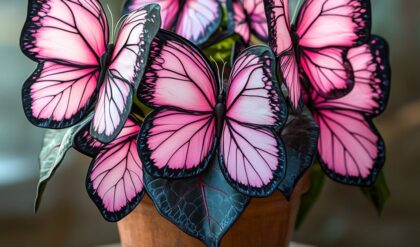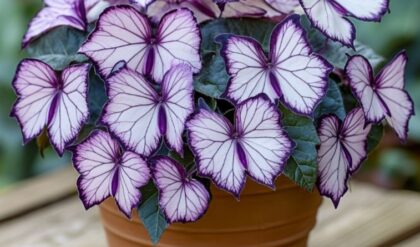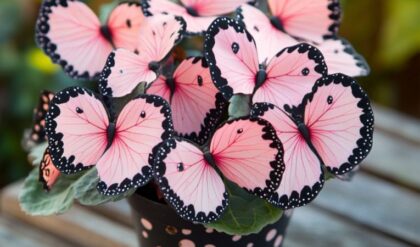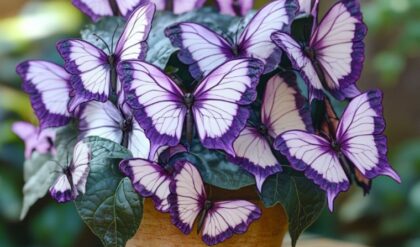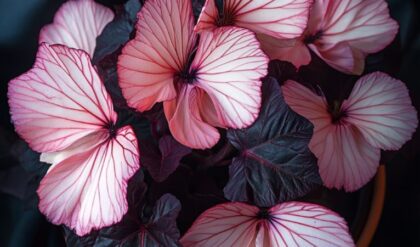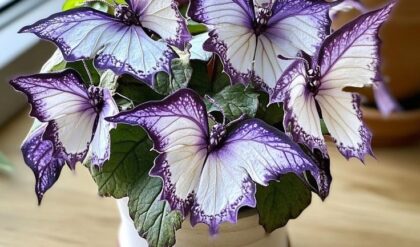Dahlias, with their mesmerizing array of colors and intricate petal formations, have captivated gardeners and flower enthusiasts for centuries. These stunning blooms, originating from the rugged terrains of Mexico, have embarked on a remarkable journey across continents, leaving a trail of admirers in their wake. More than just a pretty face, dahlias embody resilience, diversity, and the sheer wonder of nature’s artistic prowess. This article delves into the multifaceted world of dahlias, exploring their rich history, biological marvels, and enduring cultural significance.
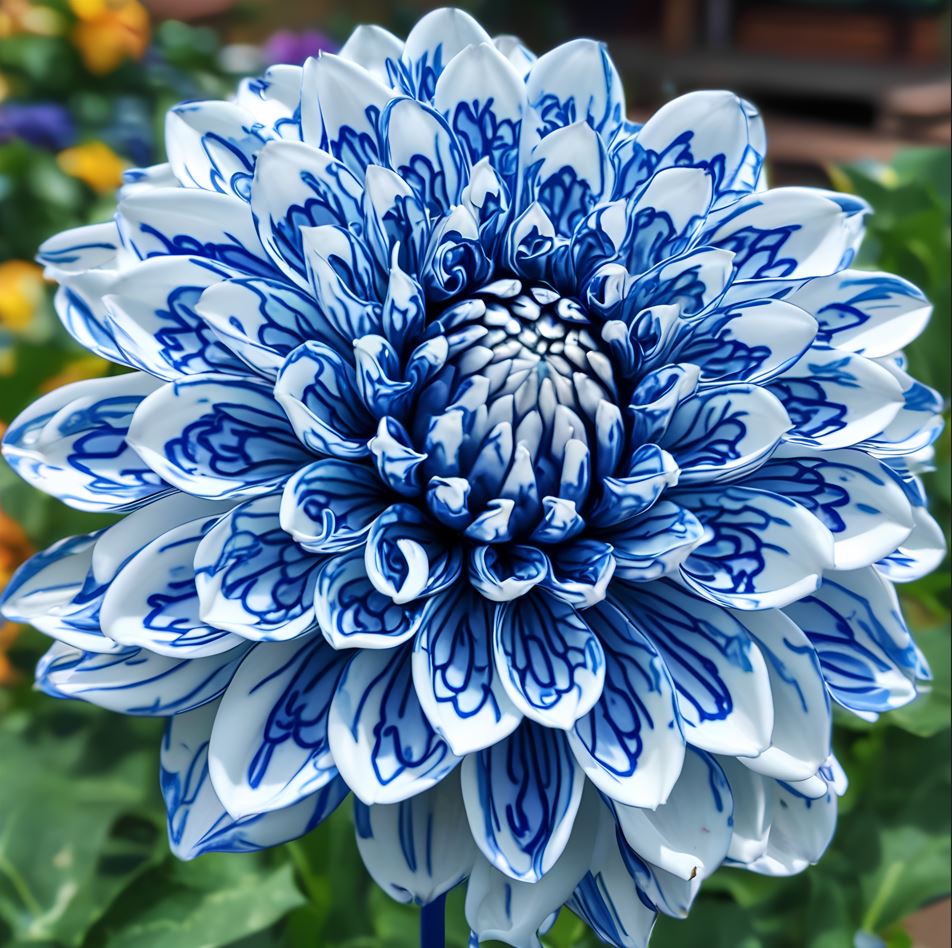
The Dahlia’s Journey: From Aztec Gardens to Global Fame
Before we dive into the kaleidoscopic world of dahlia varieties, let’s trace the fascinating journey of this beloved flower from its humble origins to its current status as a horticultural superstar.
The story of the dahlia begins in the sun-drenched valleys and misty mountains of Mexico, where it grew wild and free for millennia. Long before European explorers set foot on American soil, the indigenous peoples of Mexico, particularly the Aztecs, had already recognized the beauty and utility of this remarkable plant.
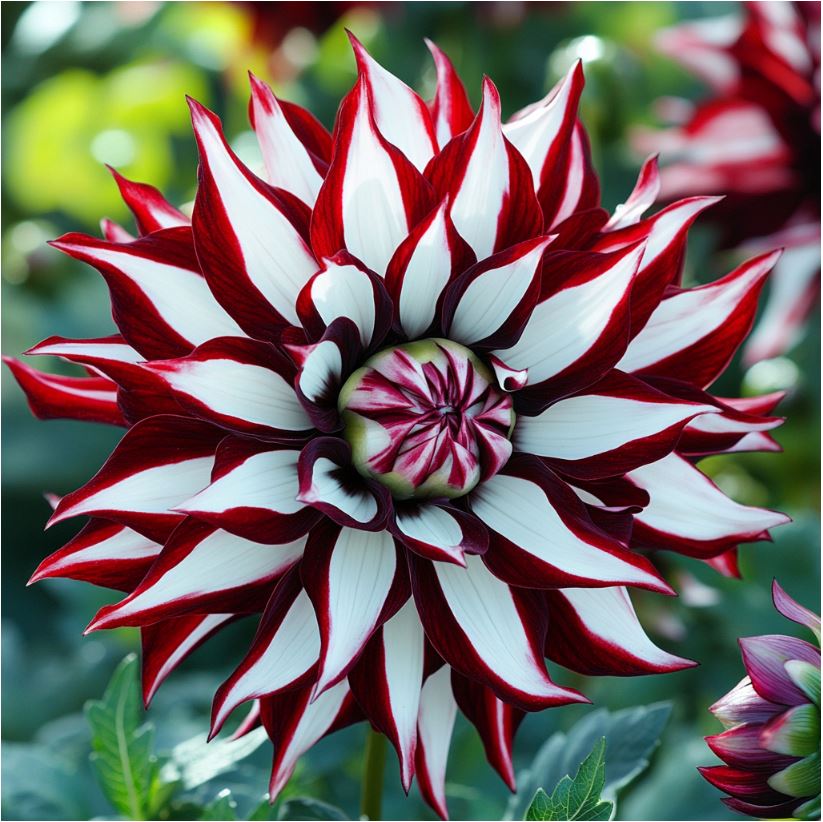
Ancient Roots: Dahlias in Aztec Culture
The Aztecs, known for their advanced agricultural practices and deep connection to the natural world, held the dahlia in high regard. They called it “acocoxochitl,” which translates to “water pipe flower,” likely referring to the plant’s hollow stems.
For the Aztecs, dahlias were more than just ornamental plants. They played significant roles in various aspects of their culture:
- Medicinal Uses: The Aztecs utilized different parts of the dahlia plant for medicinal purposes. The tubers, rich in a complex carbohydrate called inulin, were used to treat various ailments, from digestive issues to skin problems.
- Culinary Applications: While not a staple food, dahlia tubers were occasionally consumed, adding variety to the Aztec diet. The flowers and young leaves were also used in some dishes, though more for their novelty than nutritional value.
- Ceremonial Significance: The vibrant blooms of dahlias often adorned Aztec temples and were used in various religious ceremonies. Their beauty was seen as a reflection of divine artistry, making them fitting offerings to the gods.
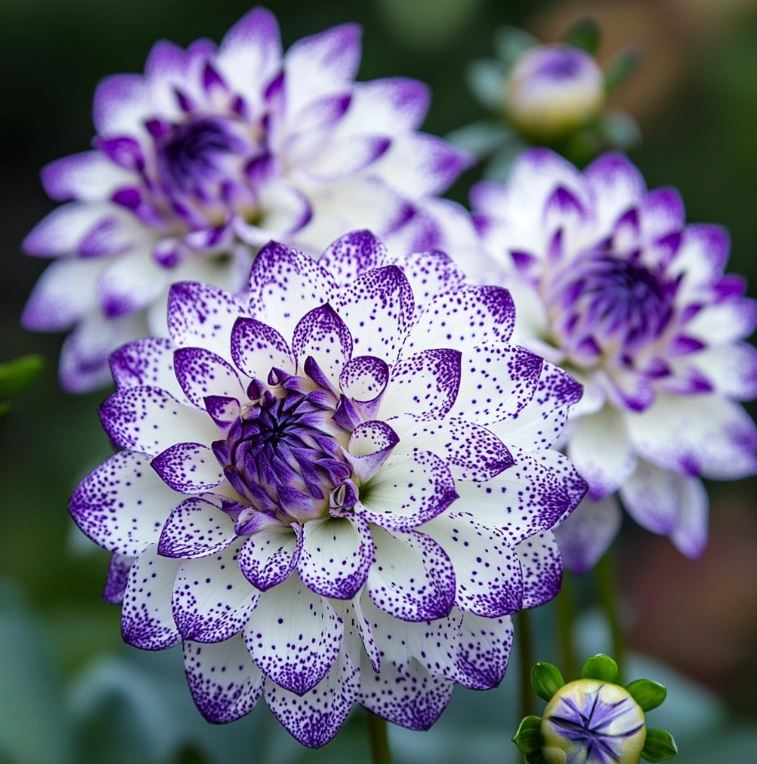
The Spanish Conquest and European Discovery
The dahlia’s journey beyond its native habitat began with the Spanish conquest of Mexico in the 16th century. However, it wasn’t until the late 18th century that dahlias truly caught the attention of European botanists and horticulturists.
In 1789, seeds of the dahlia were sent to the Royal Botanical Gardens in Madrid. The director of the gardens, Antonio José Cavanilles, successfully grew these seeds and named the resulting plants after his colleague, Swedish botanist Anders Dahl.
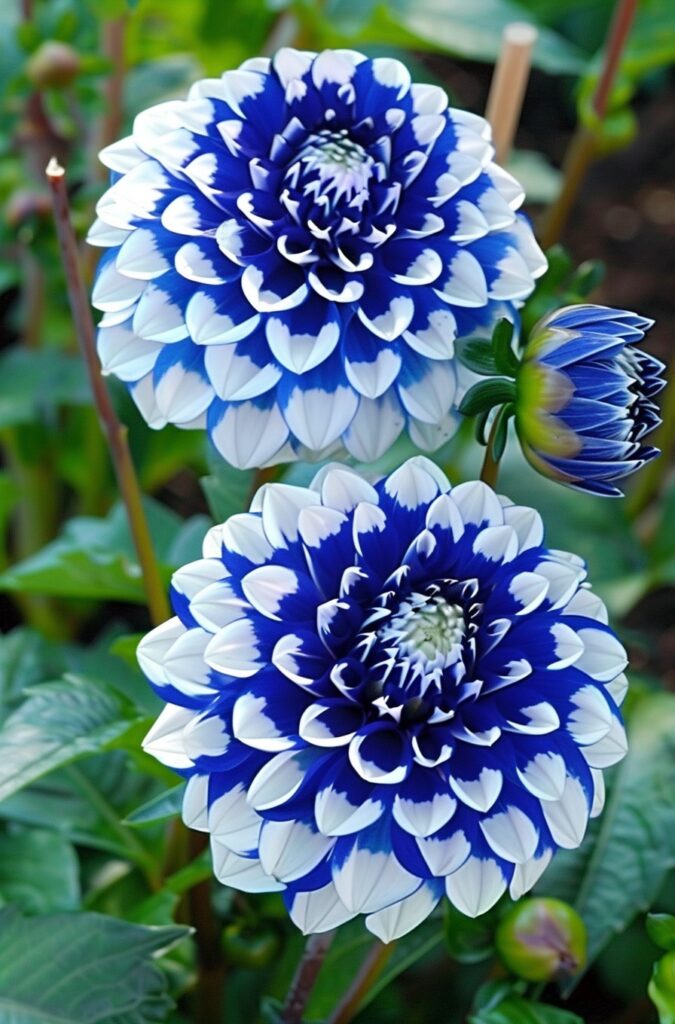
This marked the beginning of the dahlia’s European adventure:
- Initial Reception: At first, dahlias were primarily of interest to botanists and were grown in scientific gardens for study. Their potential as ornamental plants wasn’t immediately recognized.
- Culinary Experiments: Interestingly, early European encounters with dahlias focused on their potential as a food source. There were attempts to cultivate dahlias as a substitute for potatoes, though these efforts were ultimately unsuccessful due to the bitter taste of the tubers.
- Ornamental Breakthrough: It wasn’t long before the ornamental value of dahlias became apparent. Their unique flower forms and vibrant colors quickly caught the eye of gardeners and flower enthusiasts.
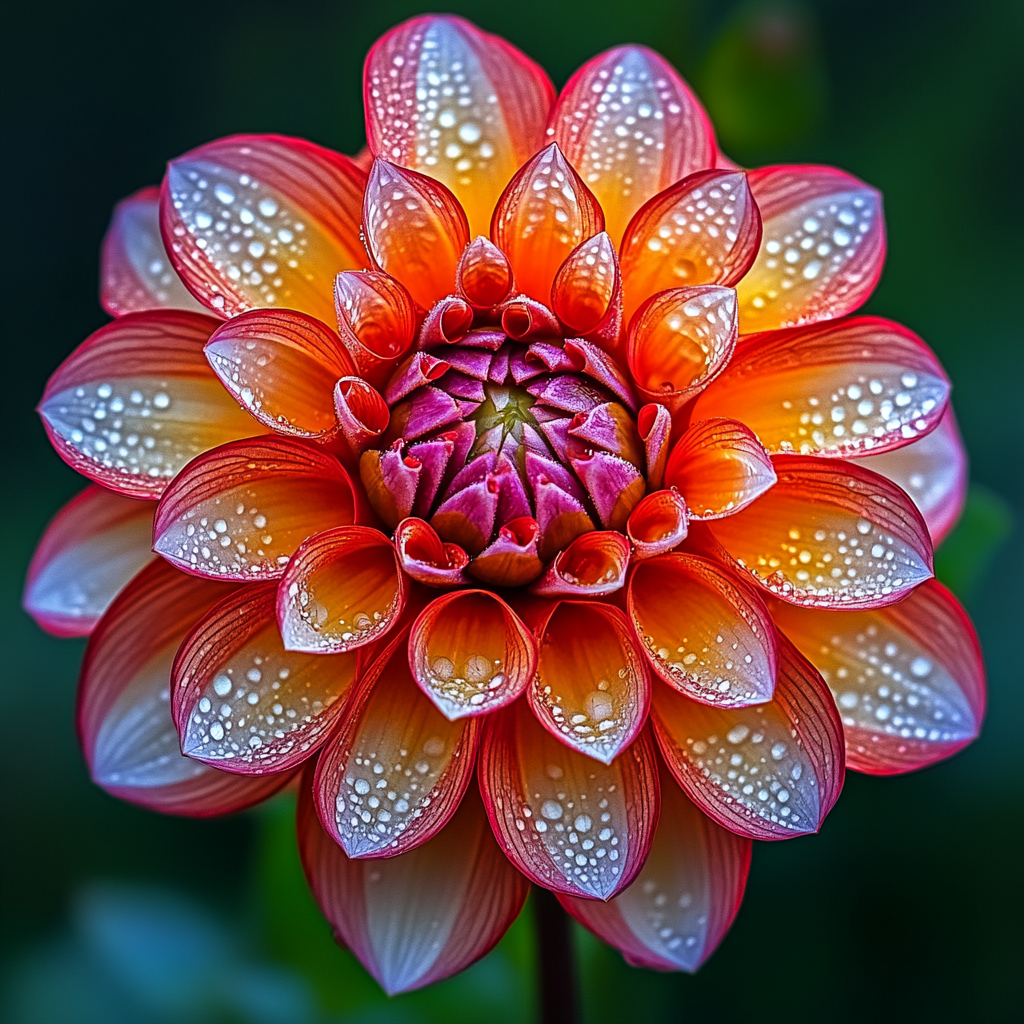
The Victorian Dahlia Craze
The 19th century, particularly the Victorian era, saw an explosion of interest in dahlias. This period marked a turning point in the flower’s history, transforming it from a botanical curiosity to a gardening sensation.
Several factors contributed to the dahlia’s rise to fame during this time:
- Breeding Innovations: Horticulturists began experimenting with dahlia breeding, creating new varieties with an ever-expanding range of colors, shapes, and sizes. This period saw the development of many of the classic dahlia forms we know today, including the pompom and cactus varieties.
- Social Status Symbol: In Victorian society, where gardening was seen as a refined pursuit, having rare or unique dahlias in one’s garden became a status symbol. Dahlia societies formed, and flower shows featuring dahlias became popular social events.
- Global Spread: As European powers expanded their colonial reach, dahlias spread to various parts of the world. They were introduced to North America, Australia, and parts of Asia, where they found new admirers and growing conditions.
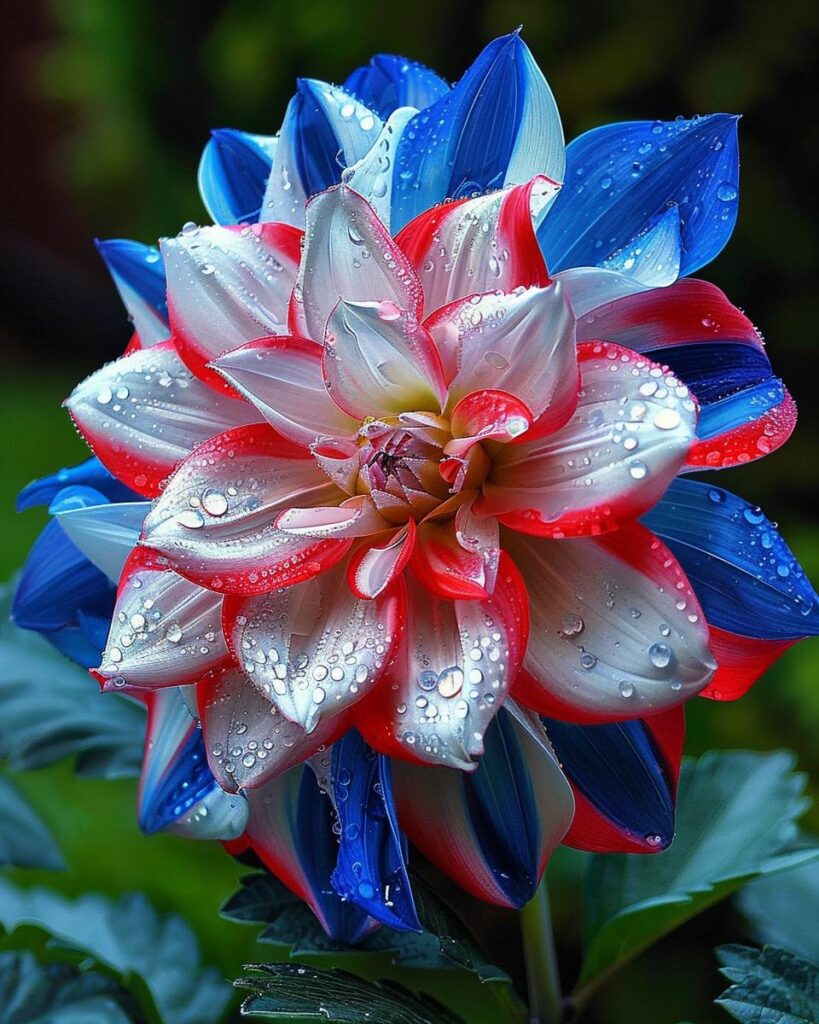
Modern Renaissance: Dahlias in the 20th and 21st Centuries
After a brief decline in popularity in the early 20th century, dahlias have experienced a remarkable resurgence in recent decades. This modern renaissance can be attributed to several factors:
- Breeding Advancements: Modern breeding techniques have led to an explosion of new dahlia varieties, offering gardeners an unprecedented range of options in terms of color, form, and growing habits.
- Sustainability Movement: As interest in sustainable and locally grown flowers has increased, dahlias have gained favor for their long blooming season and ability to be grown without extensive chemical inputs.
- Social Media Influence: The visual appeal of dahlias has made them stars of the social media age. Their photogenic qualities have helped spark renewed interest among younger generations of gardeners and flower enthusiasts.
- Cut Flower Industry: Dahlias have become increasingly popular in the cut flower industry, prized for their long vase life and dramatic appearance in bouquets and arrangements.
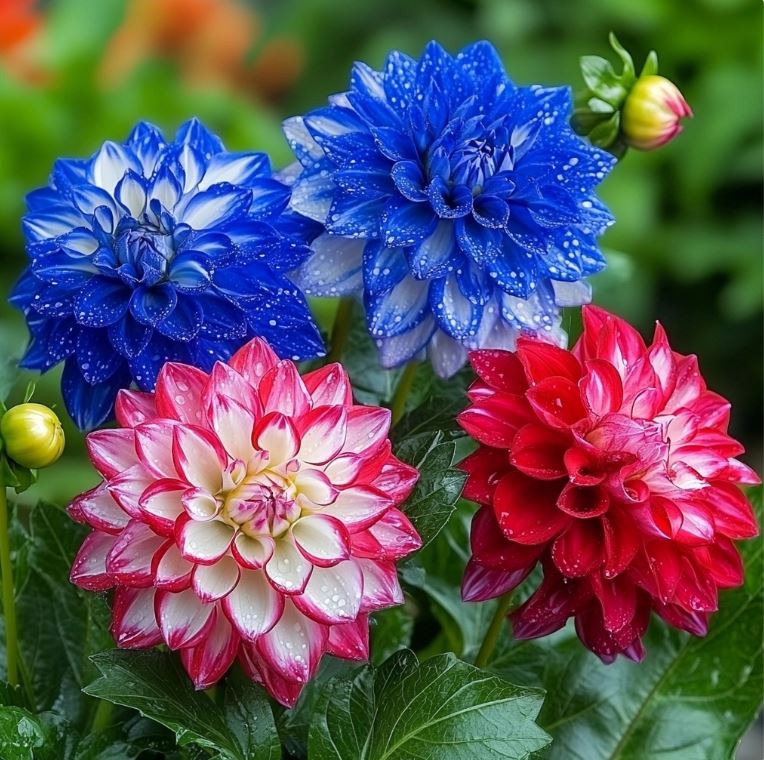
The journey of the dahlia, from a wild flower in the Mexican highlands to a globally celebrated garden star, is a testament to its enduring appeal. Through centuries of cultural exchange, scientific study, and horticultural innovation, the dahlia has continually adapted and evolved, always managing to capture the hearts and imaginations of people around the world.
A Kaleidoscope of Beauty: Understanding Dahlia Varieties
The world of dahlias is a testament to nature’s artistic prowess, offering a dazzling array of colors, shapes, and sizes that can leave even the most seasoned gardener in awe. Understanding the various types of dahlias not only enhances our appreciation for these magnificent flowers but also helps in making informed choices for gardens and floral arrangements.
Dahlias are classified based on several characteristics, including the shape and arrangement of their petals, their size, and their growing habits. Let’s explore this vibrant world of dahlia diversity.
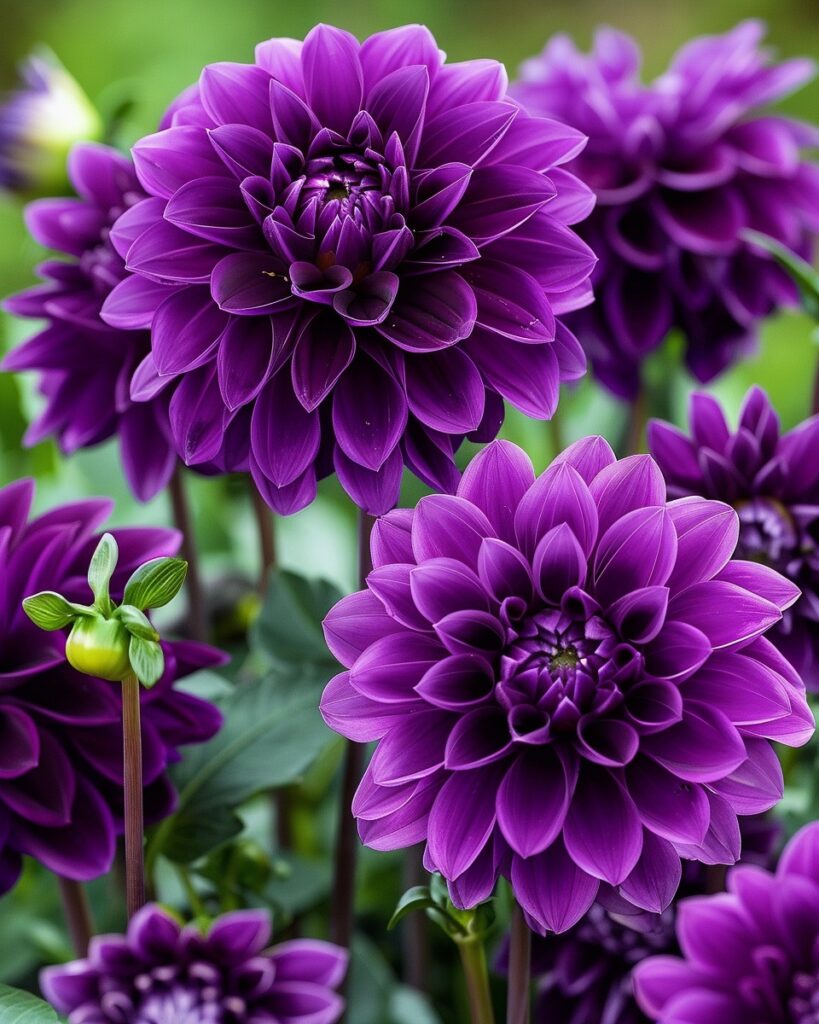
Classification by Flower Form
The American Dahlia Society recognizes 14 distinct flower forms, each with its own unique charm and characteristics. Here are some of the most popular:
- Single Dahlias: These dahlias feature a single row of petals surrounding a central disc. They often resemble daisies and have a simple, elegant charm. Single dahlias are excellent for attracting pollinators to the garden and work well in naturalistic planting schemes.
Single dahlias typically range from 2 to 4 inches in diameter and come in a wide variety of colors. Their simplicity makes them versatile in both formal and informal garden settings.
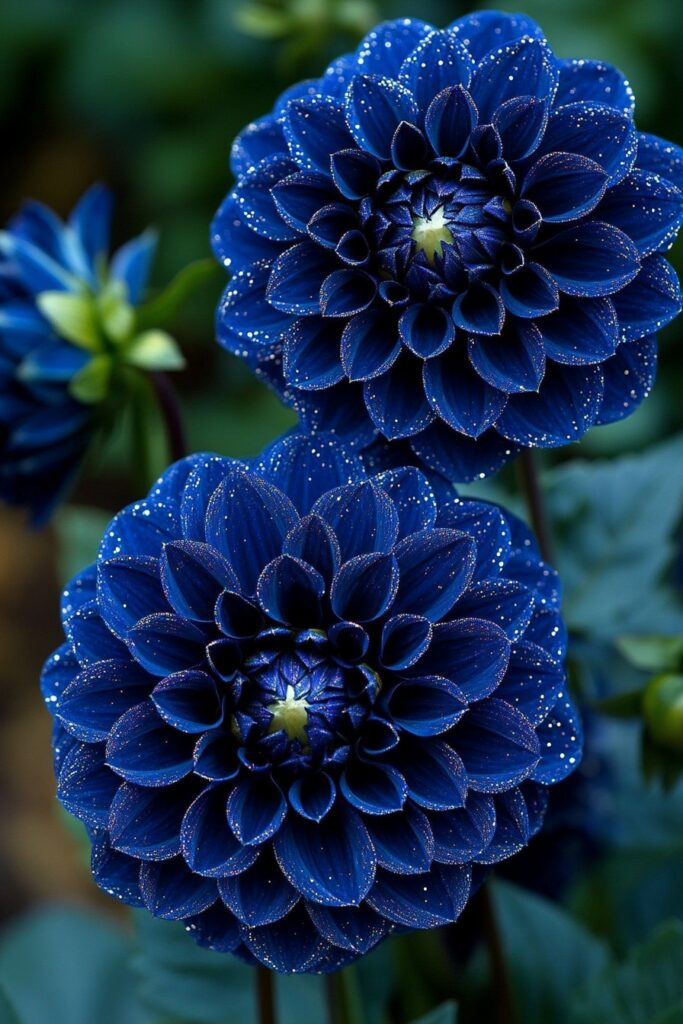
- Cactus Dahlias: Characterized by their long, narrow petals that roll outward, giving them a spiky appearance reminiscent of a cactus. These dahlias offer a dramatic, almost otherworldly look that can serve as a focal point in any garden or floral arrangement.
Cactus dahlias can vary greatly in size, from compact varieties perfect for container gardening to large specimens that can reach up to 10 inches in diameter. Their unique form adds texture and interest to mixed borders and cut flower bouquets.
- Decorative Dahlias: These are perhaps the most recognizable and popular form of dahlias. They feature broad, flat petals that may be slightly curved, creating full, lush blooms. Decorative dahlias are further divided into formal and informal categories based on the arrangement of their petals.
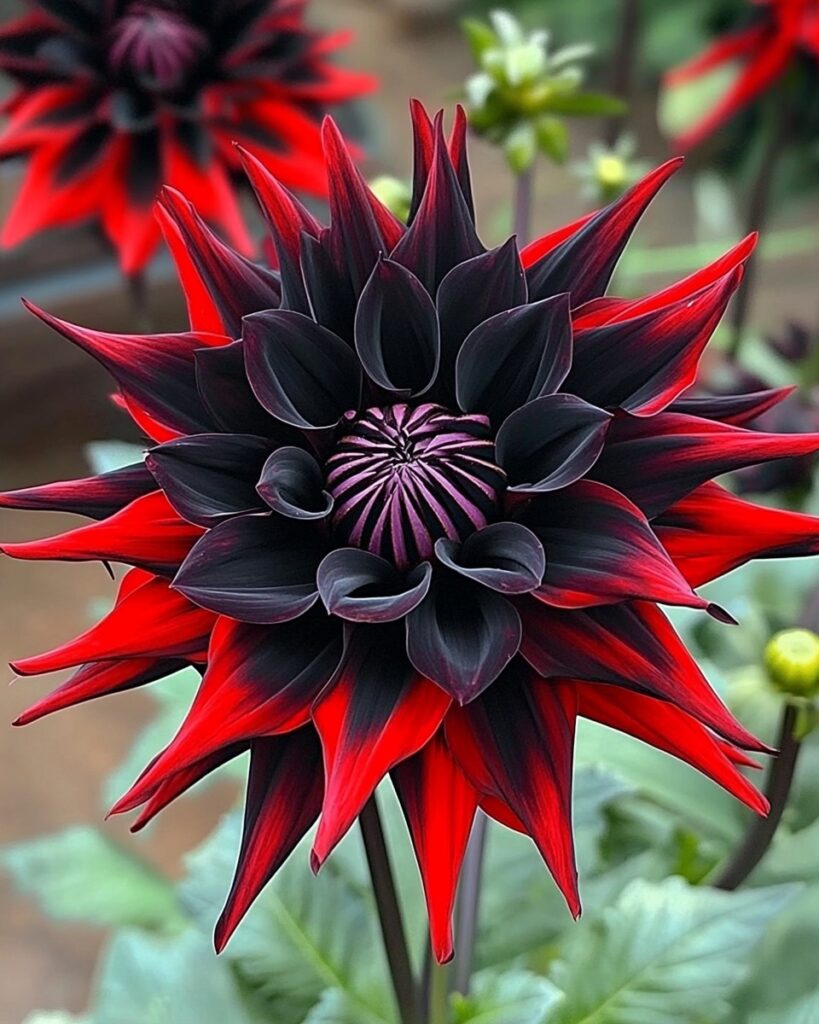
Formal decorative dahlias have regularly placed petals that tend to be flat, while informal decorative dahlias have more relaxed, sometimes wavy petals. Both types offer a classic dahlia look that’s perfect for traditional and contemporary gardens alike.
- Pompon Dahlias: These charming, globe-shaped flowers feature tightly packed petals forming almost perfect spheres. Pompon dahlias are typically small, rarely exceeding 2 inches in diameter, making them ideal for container gardening or as border plants.
Despite their small size, pompon dahlias pack a big visual punch. Their neat, compact form contrasts beautifully with more loosely structured flowers in the garden or in bouquets.
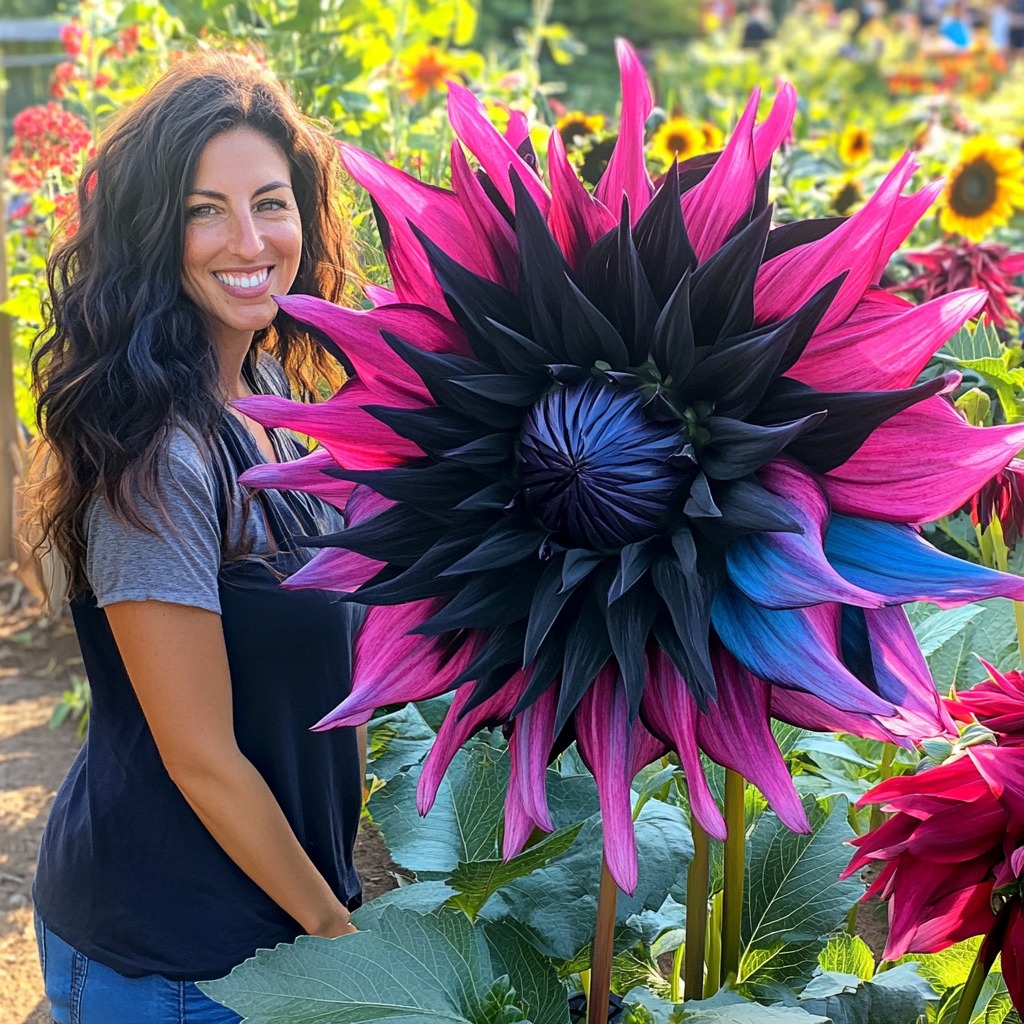
- Ball Dahlias: Similar to pompon dahlias but larger, ball dahlias feature fully double blooms that are ball-shaped or slightly flattened. Their petals are typically blunt or rounded at the tips, giving them a soft, full appearance.
Ball dahlias usually range from 3 to 4 inches in diameter and are prized for their symmetry and long-lasting blooms. They’re excellent cut flowers and add a touch of classic elegance to any garden setting.
Size Categories
Dahlias also come in a wide range of sizes, from petite blooms perfect for container gardening to giant flowers that can reach dinner-plate proportions. The American Dahlia Society categorizes dahlias into several size groups:
- Miniature Dahlias: These small wonders typically measure less than 4 inches in diameter. Despite their diminutive size, miniature dahlias offer the same diverse range of forms as their larger counterparts. They’re perfect for small gardens, containers, or as border plants.
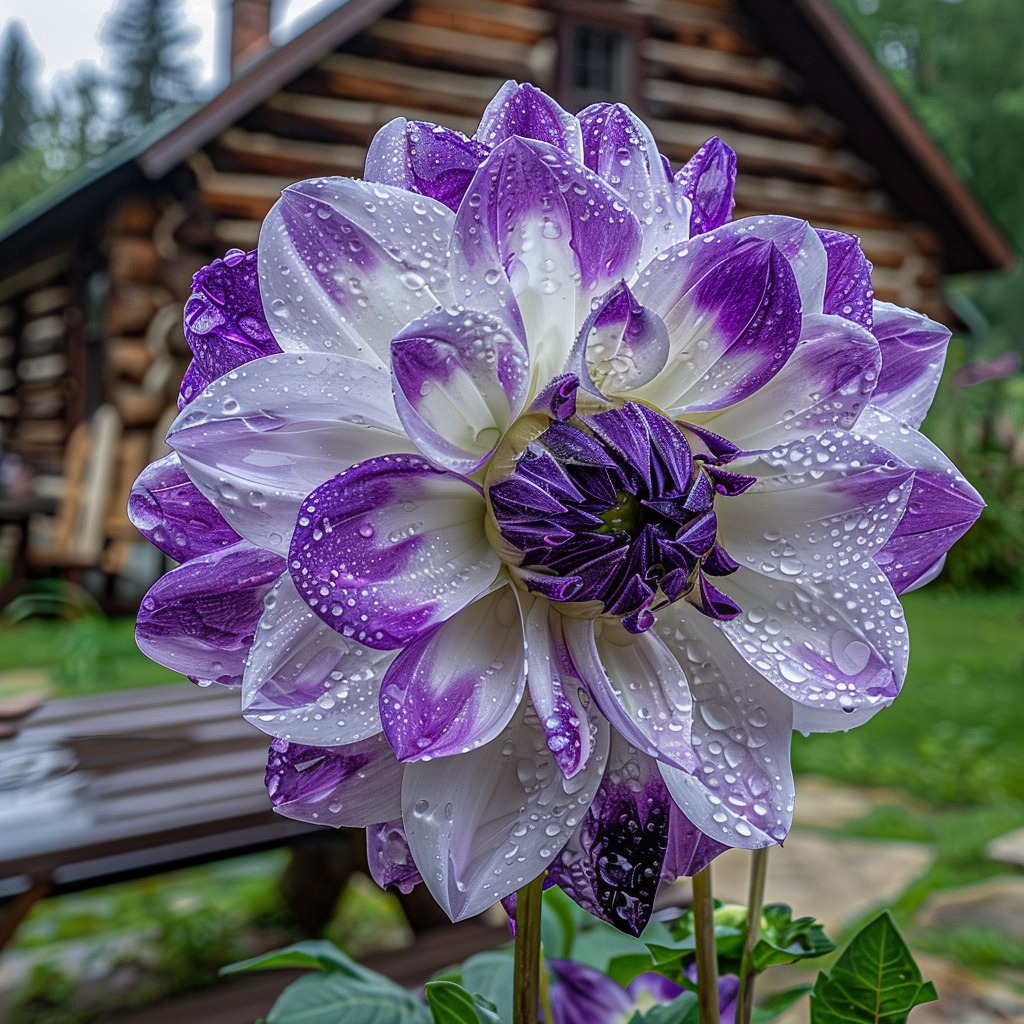
Miniature dahlias are also excellent for cut flower arrangements, providing delicate beauty and intricate details that larger blooms might overshadow.
- Medium Dahlias: Measuring between 4 and 8 inches in diameter, medium dahlias offer a balance between impact and manageability. They’re versatile enough to work in various garden settings and are popular choices for cut flower gardens.
Medium dahlias come in all flower forms and provide substantial blooms without overwhelming smaller garden spaces.
- Large Dahlias: These impressive blooms measure between 8 and 10 inches in diameter. Large dahlias make striking focal points in the garden and are often used as specimen plants or in the back of borders where their height and dramatic flowers can be fully appreciated.
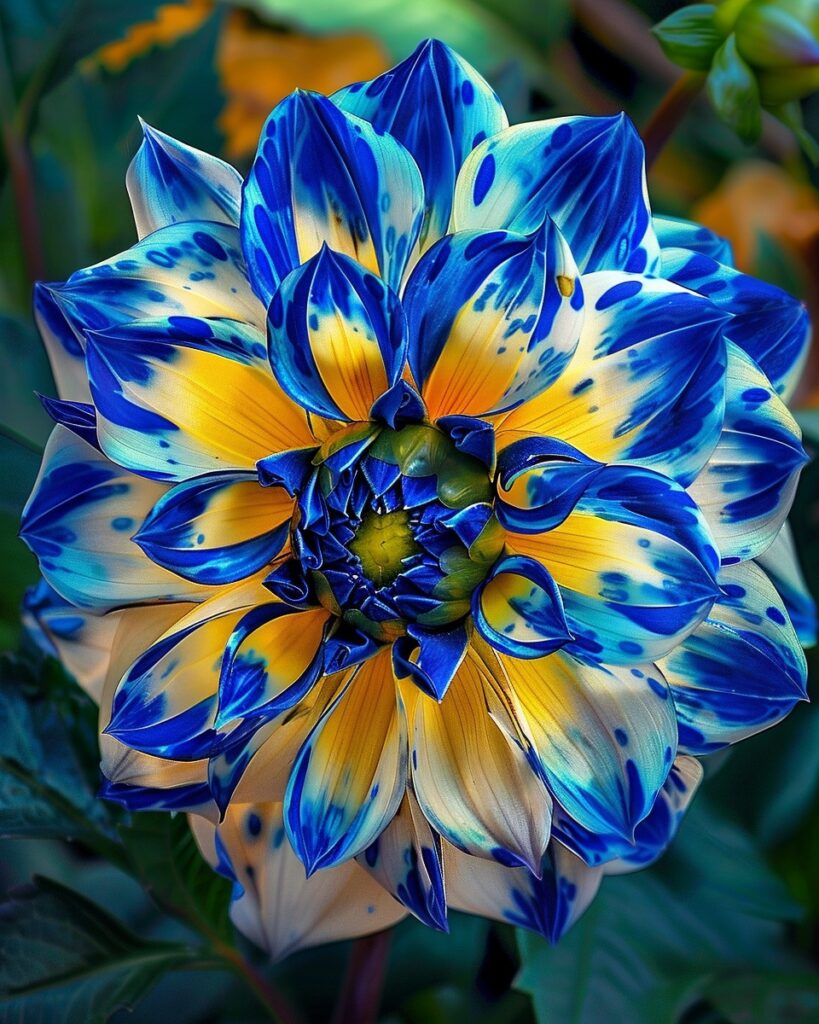
Large dahlias require proper support due to their size and are often favored by exhibitors for their show-stopping presence.
- Giant Dahlias: Also known as “dinner plate” dahlias, these mammoth blooms exceed 10 inches in diameter. They’re the showstoppers of the dahlia world, capable of dominating a garden space or floral arrangement with their sheer size and beauty.
Growing giant dahlias can be a rewarding challenge for experienced gardeners. They require careful staking and support to manage their substantial blooms and tall growth habit.
Color Palette
One of the most captivating aspects of dahlias is their incredible color range. From soft pastels to vibrant jewel tones, dahlias offer a color for every taste and garden scheme:
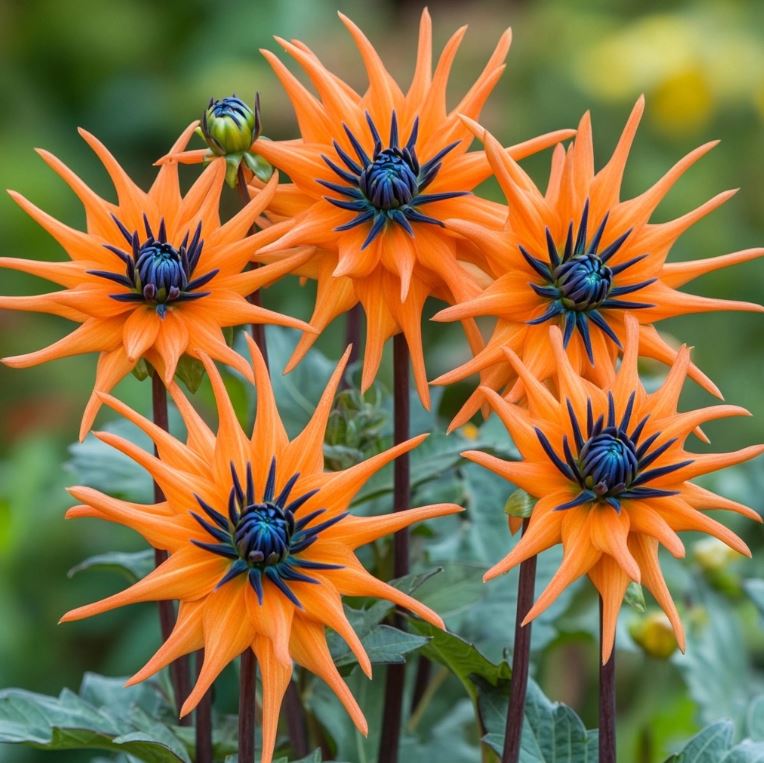
- Solid Colors: Dahlias come in nearly every color of the rainbow, from pure whites and creamy yellows to deep reds, purples, and near-blacks. Solid-colored dahlias provide bold blocks of color in the garden and are versatile in floral arrangements.
- Bi-Color and Multi-Color Varieties: Many dahlias feature petals with two or more colors, creating stunning visual effects. These can range from subtle two-tone blooms to dramatic combinations with contrasting tips or stripes.
- Color-Changing Dahlias: Some dahlia varieties change color as they mature, offering an evolving display throughout their blooming period. For example, a flower might open yellow and gradually develop pink or red tones as it ages.
Growing Habits
Understanding the growing habits of different dahlia varieties is crucial for successful cultivation:
- Height: Dahlias can range from compact border plants less than a foot tall to towering specimens reaching over 6 feet. Knowing the expected height of your chosen varieties is essential for proper placement in the garden.
- Branching Patterns: Some dahlias have a naturally bushy habit, producing multiple stems and flowers, while others tend to grow tall with fewer, larger blooms. This characteristic affects both the plant’s appearance and its need for support.
- Bloom Time and Duration: While most dahlias bloom from midsummer until frost, some varieties are early or late bloomers. Selecting a mix of dahlia types can provide continuous color throughout the growing season.
The incredible diversity of dahlia varieties offers endless possibilities for gardeners and flower enthusiasts. Whether you’re looking for a compact plant for a container garden, a striking specimen for a border, or the perfect bloom for a special bouquet, there’s a dahlia variety to suit every need and preference. By understanding the different classifications and characteristics of dahlias, you can make informed choices that will bring beauty and joy to your garden or floral designs.
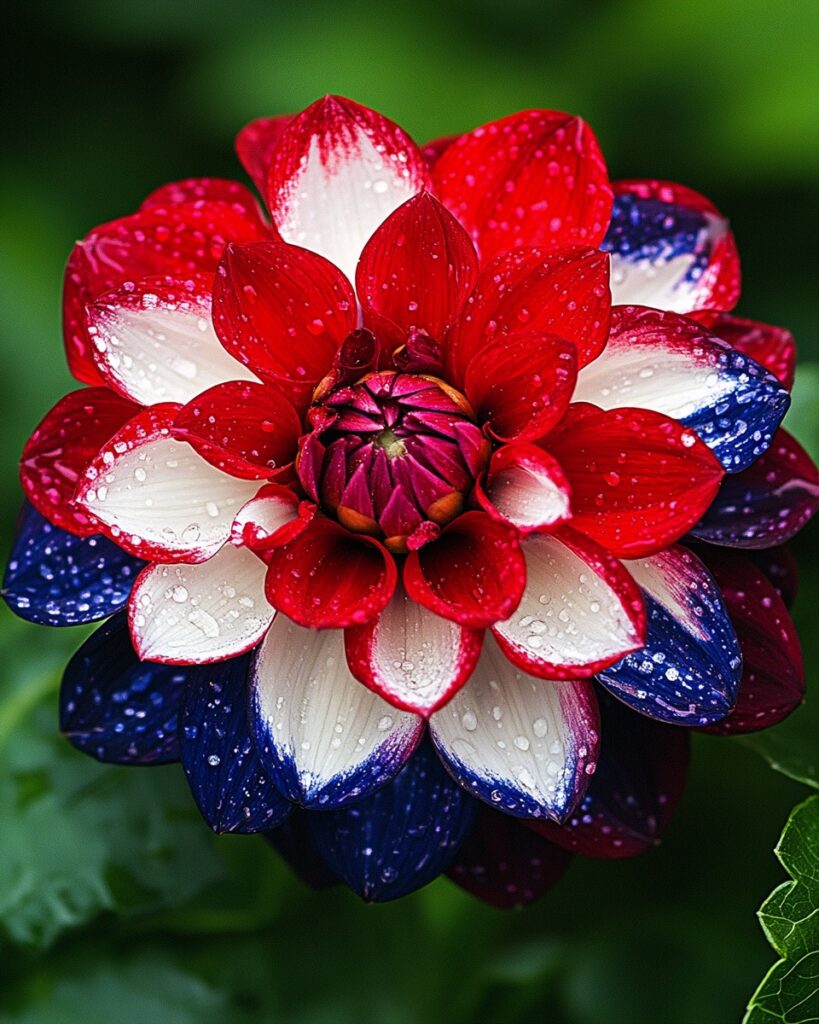
Cultivating Dahlias: From Tuber to Bloom
Growing dahlias can be a rewarding experience for gardeners of all skill levels. These versatile plants offer a spectacular display of color and form, making them a popular choice for both ornamental gardens and cut flower production. While dahlias have a reputation for being somewhat finicky, understanding their basic needs and following some key cultivation practices can lead to stunning results.
Choosing and Preparing Dahlia Tubers
The journey of growing dahlias typically begins with tubers, the fleshy underground stems that store nutrients and allow the plant to regenerate each year.
- Selecting Quality Tubers: When purchasing dahlia tubers, look for firm, plump specimens without signs of rot or damage. Each tuber should have at least one “eye” or growth point, which is where the new plant will emerge.
Quality tubers are essential for strong, healthy plants. Avoid tubers that feel soft or show signs of mold, as these may not produce viable plants or may introduce diseases to your garden.
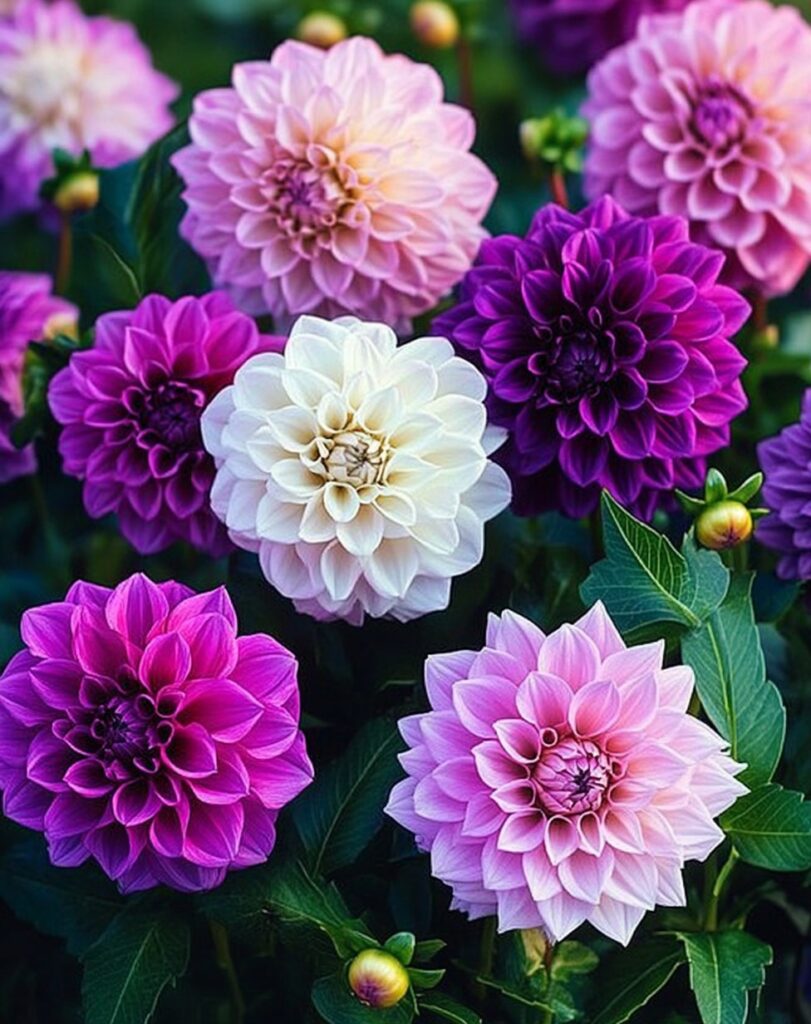
- Preparing Tubers for Planting: If you’re starting with dormant tubers, you can give them a head start by planting them indoors 4-6 weeks before your last expected frost date. Place the tubers in containers filled with a well-draining potting mix, positioning them so that any visible eyes are facing upward.
Keep the soil barely moist and place the containers in a warm, bright location. Once sprouts appear and the danger of frost has passed, you can transplant your dahlias outdoors.
Soil Preparation and Planting
Dahlias thrive in well-prepared soil that provides the right balance of nutrients and drainage.
- Soil Requirements: Dahlias prefer rich, well-draining soil with a slightly acidic to neutral pH (6.0-7.0). Before planting, work plenty of organic matter, such as compost or well-rotted manure, into your soil to improve its structure and fertility.
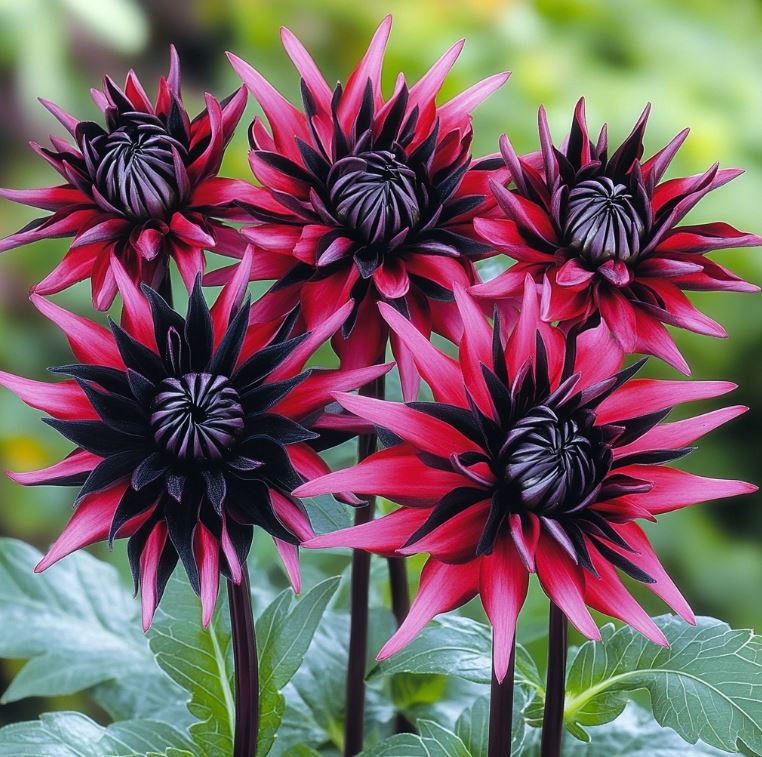
Good drainage is crucial for dahlias, as they are prone to rotting in waterlogged conditions. If your soil is heavy clay, consider creating raised beds or amending with sand to improve drainage.
- Planting Techniques: Once the soil has warmed in spring and all danger of frost has passed, you can plant your dahlias outdoors. Choose a sunny location that receives at least 6 hours of direct sunlight daily.
Dig holes about 6-8 inches deep and space them according to the expected size of your dahlia variety (generally 1-3 feet apart). Place a stake next to each hole at this stage, especially for taller varieties, to avoid damaging the tubers later.
Position the tuber horizontally in the hole with any eyes or sprouts facing upward. Cover with 2-3 inches of soil, leaving the rest of the hole unfilled. As the plant grows, you can gradually fill in the hole, which encourages a stronger root system.
Watering and Fertilizing
Proper watering and feeding are key to producing healthy, prolific dahlias.
- Watering Practices: Dahlias prefer consistent moisture but are susceptible to rot if overwatered. Water deeply but less frequently to encourage deep root growth. A good rule of thumb is to provide about 1 inch of water per week, either from rainfall or irrigation.
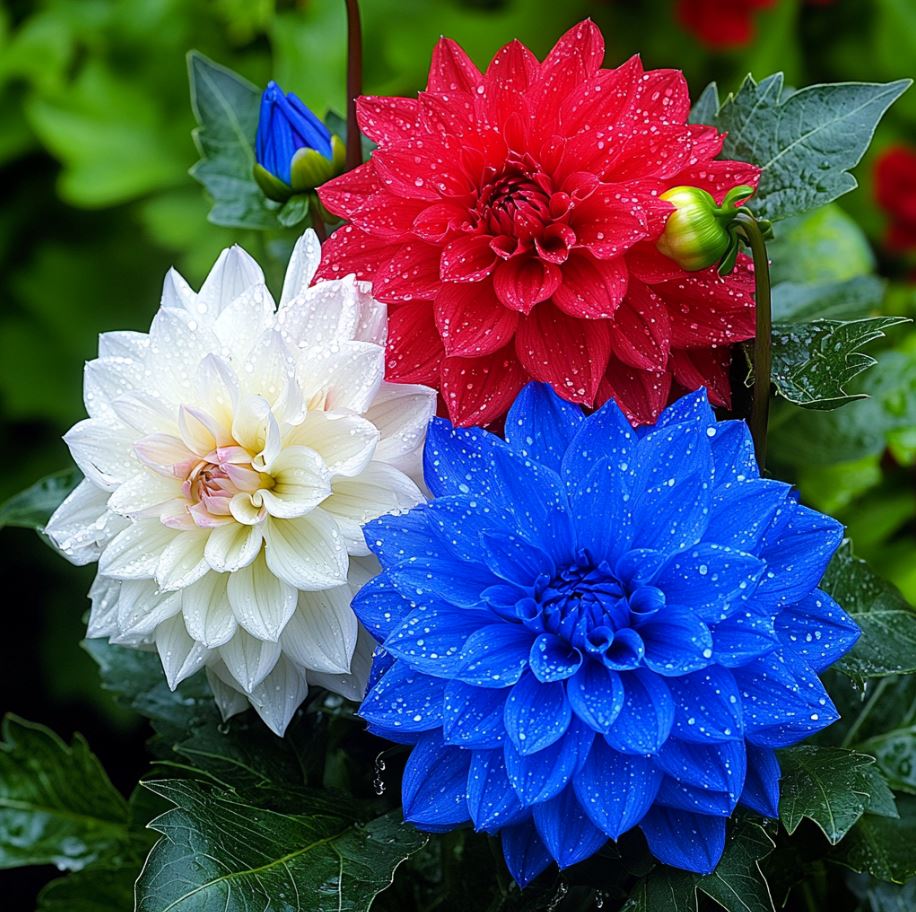
Mulching around your dahlias can help retain soil moisture and suppress weeds. Use an organic mulch like straw or bark chips, keeping it a few inches away from the plant stems to prevent rot.
- Fertilization: Dahlias are heavy feeders and benefit from regular fertilization throughout the growing season. Start with a balanced, low-nitrogen fertilizer when planting (too much nitrogen can lead to lush foliage at the expense of blooms).
Once plants are established and beginning to bloom, switch to a fertilizer higher in phosphorus and potassium to encourage flower production. Many dahlia growers swear by organic fertilizers like fish emulsion or compost tea for healthy, vigorous plants.
Supporting and Pruning Dahlias
As dahlias grow, they often require support and strategic pruning to maintain their shape and encourage abundant blooming.
- Staking and Support: Most dahlia varieties, especially the taller ones, need support to prevent them from toppling over in wind or under the weight of their blooms. Use strong stakes or a sturdy cage, securing the plant with soft ties as it grows.
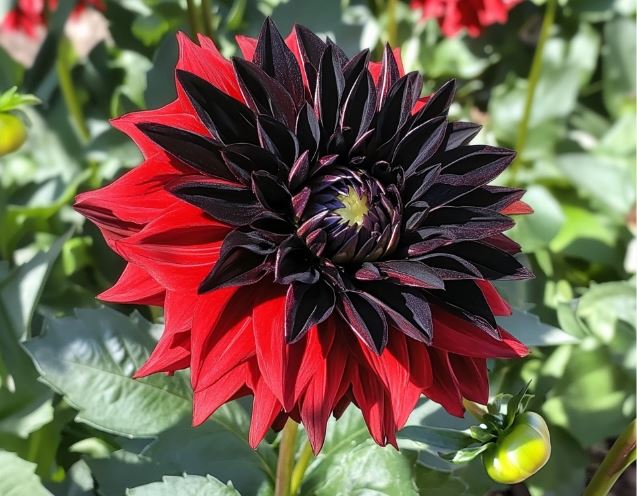
Forthe best results, stake your dahlias early in the growing season to avoid damaging the roots later on.
- Pruning Techniques: Pruning dahlias can enhance air circulation and improve light penetration, resulting in healthier plants with more blooms. Remove any dead or yellowing leaves to encourage new growth and reduce the risk of disease.
Additionally, pinching back the tips of young shoots once they reach about a foot tall can promote bushier growth. If you notice some stems producing fewer flowers, consider cutting them back to encourage new growth that may produce better blooms.
Managing Pests and Diseases
Like all garden plants, dahlias are susceptible to pests and diseases, but with vigilance, you can minimize their impact.
- Common Pests: Keep an eye out for aphids, spider mites, and slugs, which can harm your dahlias. Regularly inspect the undersides of leaves for signs of infestations and take action promptly if you discover pests.
Introducing beneficial insects like ladybugs or using insecticidal soap can help keep pest populations in check without harming your plants.

- Disease Prevention: To prevent common dahlia diseases such as powdery mildew or tuber rot, maintain good airflow around your plants by avoiding overcrowding and ensuring proper spacing.
Water at the base of the plant rather than overhead to reduce humidity around the foliage, and remove any diseased materials from the garden promptly.
Conclusion
By following these essential cultivation practices, you can enjoy a flourishing dahlia garden filled with stunning blooms. With careful planning, thoughtful selection of varieties, and attentive care throughout the growing season, your dahlias will reward your efforts with a spectacular display of color and form. Embrace the diversity of dahlias and watch as they transform your garden into a vibrant oasis!
